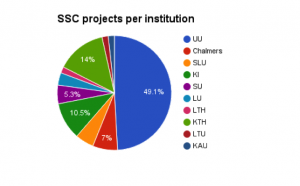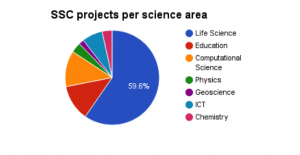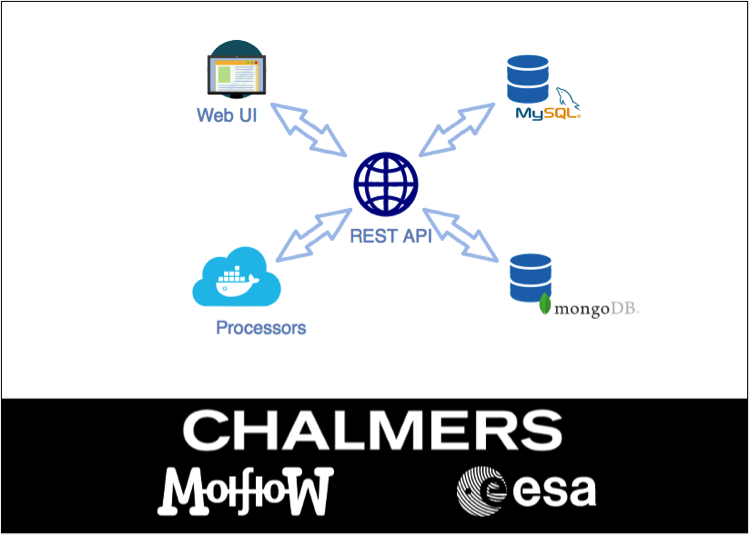It has been a busy 2016 for the SSC team. We have served more than 60 pilot projects, conducted both beginning and more advanced level training at several locations in Sweden, and started working on a hardened infrastructure. Since competency renewal on OpenStack operations is expected to be one key challenge for SSC long-term, we have taken measures to standardize operations across regions to facilitate a joint, national responsibility for operations. At the end of the year, SNIC conducted a thorough evaluation of the project, looking specifically at whether the project had succeeded in creating services of value to the research community.
We are happy to announce that the outcome of this processes is a decision to converge towards production resources in 2017. This is great news for end-users, since this will mean a higher level of service and support.
SSC closes for new project request in Q1 order to transition to a production service
Early in 2017 we will upgrade the control planes at UPPMAX and C3SE with new hardware capable of supporting a larger amount of users and projects. The bulk of the compute nodes will continue to come from second generation HPC clusters but they will be modernized and expanded. Our two regions at C3SE and HPC2N will become available for general project requests. We will accelerate the work to integrate SSC into the SNIC ecosystem. In particular, we will redesign our temporary project and account handling. Security policies will also be documented and communicated to end users.
To free up time in the project to make this transitions as rapidly as possible, we will not accept any new pilot project requests until we are ready to announce the production services (the goal is early Q2 2017). During the transition period, we will keep supporting our existing pilot users on the same levels as they are now. When we reopen the services, it will be with the same best effort support levels as other SNIC resources.
Glenna 2
Glenna is a Nordic e-Infrastructure Collaboration (NeIC) initiative, with focus on knowledge exchange and Nordic collaboration on cloud computing. The first Glenna project has now concluded, and from January 2017 a new phase of the project, Glenna 2, starts. Glenna 2 will focus on four main aims:
- Supporting national cloud initiatives to sustain affordable IaaS cloud resources through financial support, knowledge exchange and pooling competency on cloud operations.
- Using such national resources to establish an internationally leading collaboration on data intensive computing in collaboration with user communities.
- Leveraging the pooled competency to take responsibility for assessing future hybrid cloud technology and communicate that to the national initiatives.
- Supporting use of resources by pooling national cloud application expert support and create a Nordic support channel for cloud and big data. The mandate is to sustain a coordinated training and dissemination effort, creating training material and providing application level support to cloud users in all countries.
In short, aim 1 ensures the availability of IaaS, aim 2 seeks to establish PaaS and SaaS services for Big Data Analytics, aim 3 investigates future emerging technology and HPC-as-a Service and aim 4 will provide advanced user support for research groups transitioning into cloud computing infrastructure. The project directive for Glenna 2 can be found here.
SNIC Science Cloud is a cloud computing infrastructure run by SNIC, the Swedish National Infrastructure for Computing. SNIC Science Cloud provides a national-scale IaaS cloud and associated higher-level services (PaaS), for the research community





